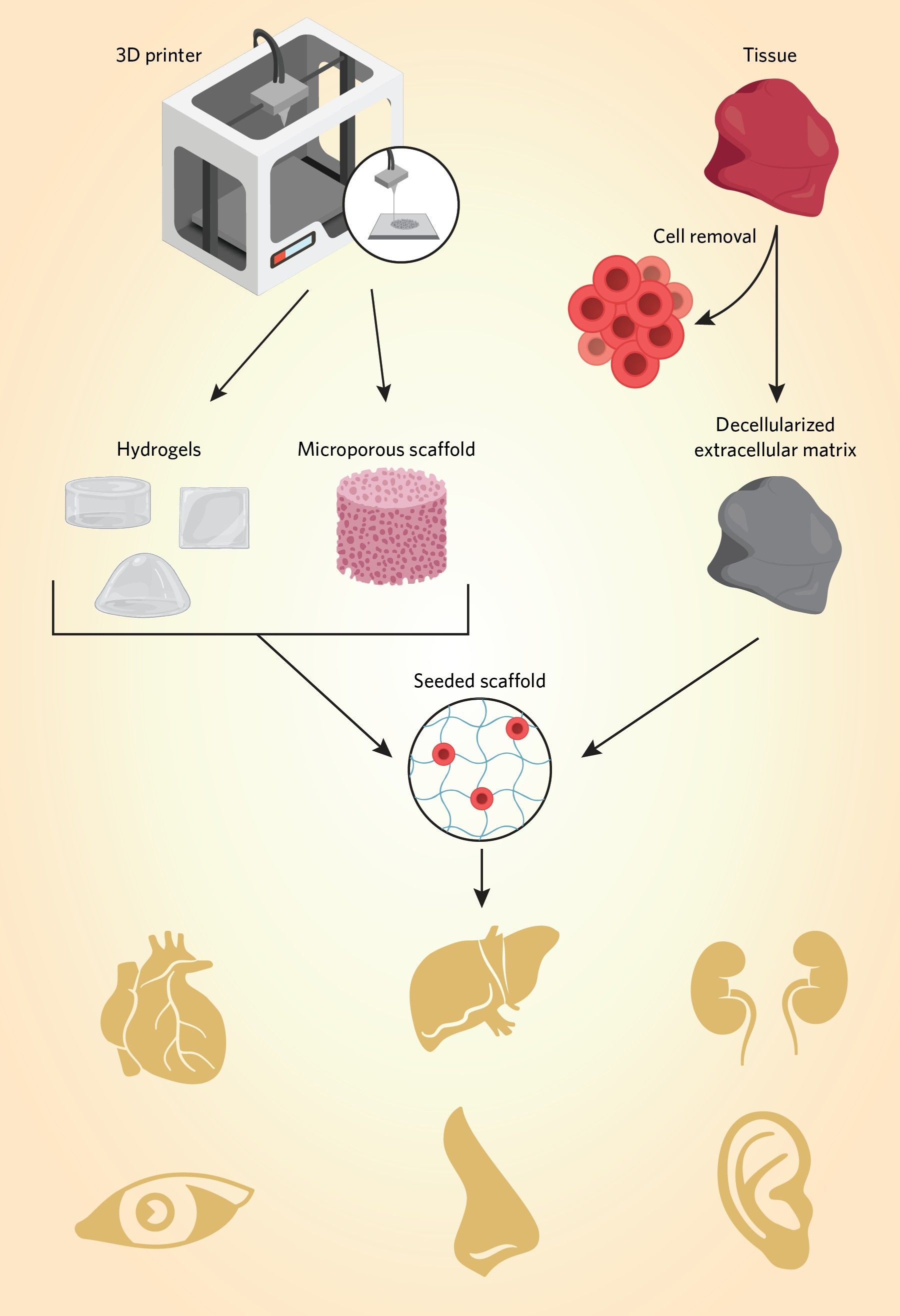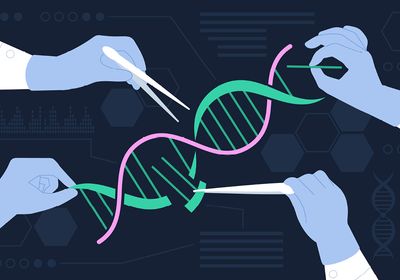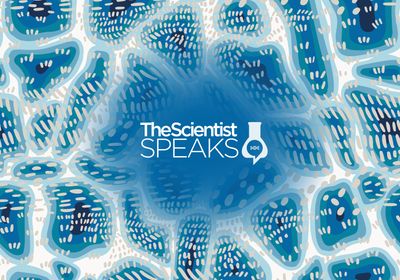
Stay up to date on the latest science with Brush Up Summaries.
What Are Artificial Organs?
Artificial organs are bioengineered devices or tissues that scientists create and integrate into the human body to replace, duplicate, or augment functional, naturally occurring organs.1 They pose a solution to organ donor shortages, and can also be used as medical training tools.2
Based on the materials researchers use to produce them, artificial organs are divided into three main classes. Mechanical artificial organs are made exclusively of inanimate polymers such as plastics and metals; biomechanical organs involve both living materials such as cells and inanimate materials; and biological or bioartificial organs can be made of living cells and biodegradable polymers.1
How Are Artificial Organs Grown or Manufactured?
In general, organ manufacturing involves architectural predesign, preparation of materials and tools, cell seeding or integration, and tissue maturation. Additionally, tissue or organ engineering requires a scaffold to act as a template for tissue regeneration.1 Researchers produce scaffolds with techniques such as 3D printing and decellularizing tissue.1,3 For example, scientists may use 3D printing to manufacture tissue scaffolds that mimic the extracellular matrix. They can create hydrogels and seed various cell types, including stem cells, onto the scaffold, which can be incubated in a bioreactor for cell proliferation and maturation.1,2 Additionally, researchers are honing 3D bioprinting methods that use cell-encapsulated printing inks called bioink for scaffold generation and seeding. These methods incorporate living cells, along with other biomaterials such as polymers and growth factors prior to printing. 1,2
Decellularized tissue techniques function in a conceptually similar way, but rely on biologically-produced scaffolding. Researchers omit the predesign stage of manufacturing and utilize pre-existing organ architectures that they treat to remove cells while maintaining the extracellular matrix.1,4

Examples of Artificial Organs and How They Work
Artificial sensory organs
Researchers have long attempted to develop treatment strategies for naturally occurring sensory dysfunctions and injuries of the nervous system. For example, autologous nerve transplantation or nerve grafting has been considered a gold standard reconstruction technique. However, transplanted nerve grafts serve as scaffolds for nerve regeneration, which is a slow biological process. As a result, functional recovery after nerve grafting can be inefficient at replacing or repairing nerve-dependent organ function.5
Artificial sensory organs are a prosthetic means of sending information to the brain without relying on nerve regeneration. They are roughly classified as visual devices for light, auditory devices for sound, olfactory gustatory devices for taste and flavor, and tactile or feeling devices for physical stimulation such as thermal pain sensation.5 Typically, they function by electrically stimulating nerves, such as the optic or auditory nerves. Recent clinical progress of such devices includes the artificial retina, cochlear implants such as the implantable bone anchored hearing aid (BAHA), and taste and olfactory sensors.5,6 Additionally, researchers are developing new types of artificial nerves based on brain–computer interface (BCI) science.5 One example of this technology is a device that compensates for damaged spinal cord function and controls paralyzed muscle with signals synthesized from the brain and muscle activity of patients.5
Artificial kidney and artificial liver
There are many iterations of artificial filtration systems to treat kidney and liver disease. However, external systems such as dialysis machines and other bioartificial supports physically limit patient activity, require adherence to strict dietary and medication regimens, and have high clinical costs.7,8
Conventionally, renal assistance devices (RADs) are extracorporeal artificial systems that rely on a combination of a conventional hemofilter and a bioreactor. They mimic glomerular filtration and drive essential metabolic, endocrinologic, and immunologic kidney functions. Researchers creating artificial organ devices are preclinically investigating methods to miniaturize and implant RADs. In addition to RADs, scientists develop renal scaffolds for bioartificial kidneys from pig kidneys, discarded human kidneys, or polymers such as collagen, hyaluronic acid, alginate, agarose, chitosan, fibrin, and gelatin.7
Similarly, artificial livers may be a solution to organ donor shortages for treating end-stage liver failure and an alternative to extracorporeal artificial supports.8 For example, researchers made artificial “liver-buds” from human induced pluripotent stem cells (iPSCs) in vitro and transplanted them to successfully rescue an animal model of liver failure. 9
Artificial heart
Scientists and clinicians can use 3D printing for cardiac surgical planning and creating custom-fit implants. Researchers have also created devices for cardiac tissue maturation that enhance implant viability, such as cardiac-specific extracellular matrices made of animal-derived bioink or decellularized cardiac tissue.10 Additionally, in proof-of-concept studies, researchers have manufactured cardiac structures such as branched coronary arteries and embryonic hearts with hydrogels. Using computed tomography (CT) and magnetic resonance imaging (MRI) data, they printed hydrated materials such as alginate, collagen, and fibrin to build mechanically robust and complex 3D anatomical cardiac architectures.11
See also: "Chimera research opens new doors to understanding and treating disease"
Advances in Mechanical Organ Engineering
Artificial eyes and ocular prosthesis devices
Artificial eyes, retinal prosthetic devices, and other ocular prosthesis devices are relatively new breakthroughs, enabled by research into optoelectronics and bioinspired engineering.12,13 These prosthetic devices transduce light into electrical signals using electrodes, which transmit the electrical signals onto retinal tissue, the optic nerve, or the occipital visual cortex in the brain to restore vision, such as helping patients sense motion, locate objects, follow a path, or recognize large writing.12
Mechanical heart valve and bioprosthetic valve replacement
Certain types of artificial heart valves can replace damaged or diseased heart valves associated with aging or cardiovascular abnormalities.14 Heart valve replacement with bioprosthetic or mechanical heart valves is a critical development in treating cardiovascular disease. Although heart disease remains a leading health concern worldwide, the scientific, medical, and surgical discoveries behind mechanical heart valves and bioprosthetic valves have saved countless lives and improved patient outcomes.15 Scientists engineer mechanical heart valves from synthetic materials, such as titanium and fabric, or construct bioprosthetic valves from pig or cow heart tissue.14 A mechanical heart valve is typically more durable than a bioprosthetic valve but has a higher risk of blood clots forming on the metal surface. Researchers continue to investigate tissue engineering and synthetic biology tools that improve artificial valve options, such as searching for anticoagulant materials or developing genetically modified organisms with valves that do not induce inflammation after implantation.15
Table 1. Mechanical heart valves vs bioprosthetic valves14,15
Type of valve | Composition | Pro’s | Con’s |
Mechanical |
|
|
|
Bioprosthetic |
|
|
|
References
- Wang X. Bioartificial organ manufacturing technologies. Cell Transplant. 2019;28(1):5-17.
- Dine A, et al. A dual nozzle 3D printing system for super soft composite hydrogels. HardwareX. 2021;9:e00176.
- Wang X, et al. A combined rotational mold for manufacturing a functional liver system. J Bioact Compat Polym. 2015;30(4):1-16.
- Gleadall A, et al. Review of additive manufactured tissue engineering scaffolds: relationship between geometry and performance. Burns Trauma. 2018;6:19.
- Nakamura T, et al. Artificial sensory organs: latest progress. J Artif Organs. 2018;21(1):17-22.
- Ifukube T. Artificial organs: recent progress in artificial hearing and vision. J Artif Organs. 2009;12(1):8-10.
- Corridon PR, et al. Bioartificial kidneys. Curr Stem Cell Rep. 2017;3(2):68-76.
- Tandon R, Froghi S. Artificial liver support systems. J Gastroenterol Hepatol. 2021;36(5):1164-79.
- Takebe T, et al. Vascularized and functional human liver from an iPSC-derived organ bud transplant. Nature. 2013;499(7459):481-4.
- Sedlakova V, et al. 3D bioprinted cardiac tissues and devices for tissue maturation. Cells Tissues Organs. 2022;211(4):406-19.
- Hinton TJ, et al. Three-dimensional printing of complex biological structures by freeform reversible embedding of suspended hydrogels. Sci Adv. 2015;1(9):e1500758.
- Ramirez KA, et al. An update on visual prosthesis. Int J Retina Vitreous. 2023;9(1):73.
- Corrado F, et al. Azobenzene-based optoelectronic transistors for neurohybrid building blocks. Nat Commun. 2023;14(1):6760.
- Frankel WC, Nguyen TC. Artificial heart valves. JAMA. 2021;325(24):2512.
- Kumar T, et al. Scientific evolution of artificial heart valves: A narrative review. Cureus. 2023;15(7):e42131.
This article was updated on December 12, 2023.







